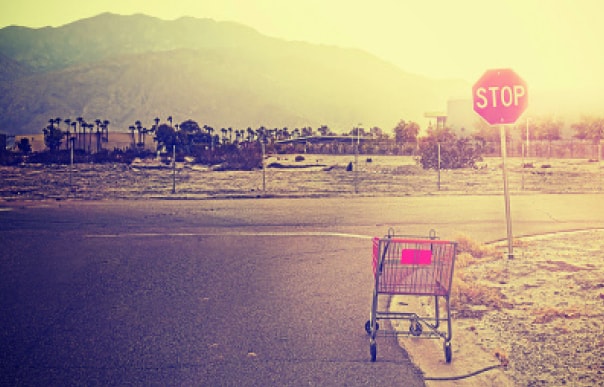Imagine two women shopping for a new pair of high heels at a store on Regent Street. At checkout, both realise they aren’t certain the shoes will match the colour of the dress they plan to wear them with. They explain to the salesperson that they’ll need to return with the dress and leave their phone number – as neither wants her chosen heels scooped up by someone else.
The next day, the first shopper receives a call from the store letting her know that they’re holding the shoes for her and offer free next-day delivery as well as a hassle-free 90 days return policy. And, by the way, the store just received a shipment of handbags and hair accessories that match the selected high heels perfectly.
The second shopper gets a very different call. The salesperson tells her that men’s footwear has just gone on sale.
The Basics of Basket Recovery
Such a disconnect is not something a retailer wants to create, but it often happens in the ecommerce world with automated emails. Shoppers abandon shopping baskets for a variety of reasons. They know they have more options now than ever before and can find a good deal when they’re ready to buy.
For a shopper, making the leap from browsing to buying can come with uncertainty and indecision. Sometimes, abandonment is caused by a simple reason: The baby is crying, the train has arrived at the station or a text message interrupts the shopping journey. Shoppers may want to complete the order in a store, read more reviews before they buy or discuss the order with their partner. They may abandon the basket with no plan to return, or they may be using the basket as a wish list.
With all those possibilities, it’s no wonder then that basket abandonment is incredibly common. Forrester Research estimates that 87% of baskets get abandoned, resulting in GBP 14 billion of lost revenue annually. A well thought out recovery message or series of messages can help save some of that money.
The Pitfalls of Many Methods
Efforts to reclaim revenue lost from basket abandonment often suffer from a one-size-fits-all approach. That’s why the best basket recovery programmes aren’t locked into pre-set business rules with pre-built templates that confine the timing, wording and structure of messages. Sophisticated merchants understand that consumer behaviour differs based on a variety of factors, including demographics, products and season.
Consider a customer who’s browsing for a refrigerator at a website that sells more than just appliances. When the customer carts a refrigerator, sending a basket recovery email offering free click and collect doesn’t make sense. Being able to segment on price or type of product so that the message offers a relevant incentive, such as waiving a delivery or installation fee, would work better.
Deploying a More Robust Campaign
So what makes a basket recovery campaign especially effective? The ability to A/B test messages and filter by basket totals to determine the best approach are two examples of deeper functionality that increases the level of personalisation.
Having the ability to test is incredibly important in determining an email’s effectiveness. An app designed specifically for basket recovery allows more flexibility within the work flow than a manual function available in an ecommerce platform or through a third-party vendor. It gives more control to not only test the message, but also your incentives and timing.
Take the example of the carted refrigerator. Filtering on product description or SKU would have led to a much more relevant basket recovery email. These factors can make a world of difference when attempting to regain revenue from abandoned baskets and help bring customers back to the checkout line.
Personalisation plays a key role in an effective email marketing campaign. One highly useful incentive in basket recovery campaigns is the coupon offer. But it doesn’t always make sense to offer a coupon on the first abandon trigger – or in some cases, on any message.
This is where filtering can be especially important. If you filter out SKUs with low profit margins, you can avoid offering promotions that will sink profit. Another filtering option is based on purchase threshold. For instance, you could offer free shipping or a percentage off when a customer’s purchase reaches a certain amount.
Converting More Shoppers into Buyers
Let’s look at an example of basket recovery in action. Initially, the abandoned basket email programme of luxury furniture, home accessories and gifts retailer OKA was underperforming and undersending – click throughs were low, revenue was low. The retailer decided to fix this by A/B testing when to send, switched to a mobile-friendly template and included recommendations. The overhaul increased cart recovery email sends by 297%, and conversions skyrocket.
“The conversion rate of cart recovery is 218% higher, despite sending so many more reminder emails. And we’ve generated more revenue in the first six months of 2017 than the whole of last year,” says OKA’s email marketing executive Andrew Lothian.
Pairing browse reminder messages with recommendations has made them even more relevant and timely and also yielded great results. OKA sends more emails but conversions are up 7% and revenue is up 5%.
Don’t Limit Revenue with Limited Campaigns
Engage with a basket recovery app that allows you to create the most effective campaign for your customer base and the products you sell. Using an app to recover lost baskets and adding a touch of personalisation for the consumer allows for a flexible campaign that gives you options and resources to create the recovery series that is right for your company.





